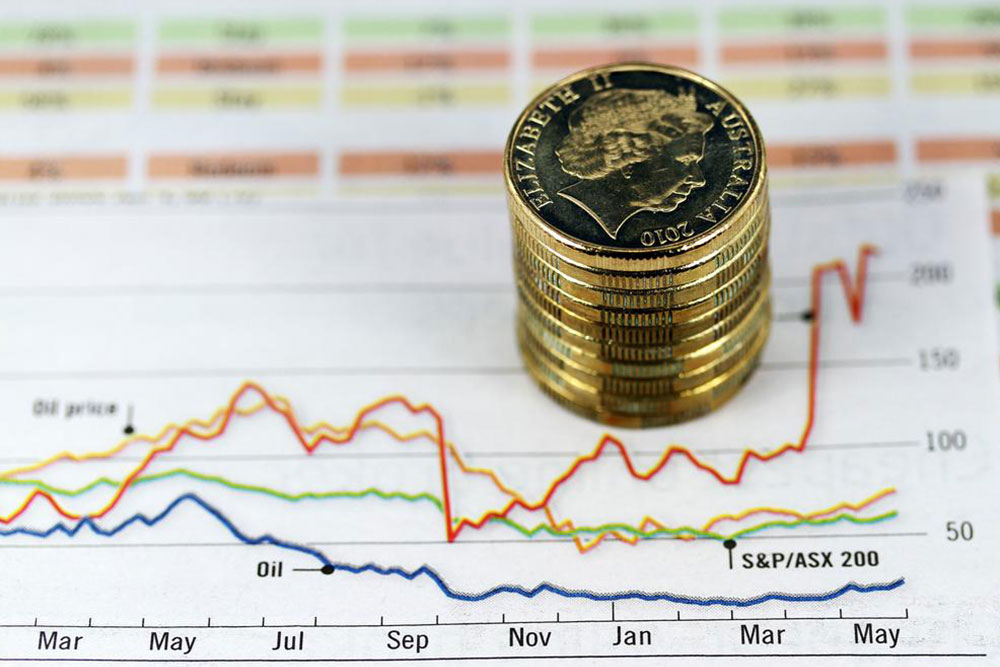Understanding the Distinction Between Cash and Stock Dividends
Discover the key differences between cash and stock dividends, their impact on shareholders, and how they influence company valuation and investment strategies. Understand which dividend type may benefit you more and learn how these payouts affect share prices and taxation, aiding smarter investment decisions.

Understanding the Distinction Between Cash and Stock Dividends
Dividends represent a portion of a company's profits shared with shareholders. There are primarily two forms: cash dividends and stock dividends. Recognizing their differences is essential for investors:
Cash Dividends
Cash dividends are payments made in currency—cash, check, or electronic transfer—from a company's earnings to its investors. This allows shareholders to receive direct income without reinvesting. However, cash dividends decrease the company's earnings per share (EPS) and may have tax implications for recipients. They provide regular income and potential capital growth for investors.
Stock Dividends
Unlike cash payments, stock dividends distribute additional shares to existing shareholders. This is common when a company has limited liquidity but wants to reward shareholders. For example, a 4% stock dividend increases the total shares by 4%, but does not change the company's overall value. The share price adjusts accordingly; for instance, from $10 to approximately $9.52, maintaining market capitalization. Stock dividends do not generate immediate cash but can lead to long-term growth through increased ownership.
Which Is More Favorable?
Both dividends—cash and stock—do not directly impact a company's profitability. If a firm earns $1 million and distributes 10%, it retains $900,000 regardless of whether it pays in cash or shares. The choice depends on strategic goals. Stock dividends may lower share prices temporarily, making investments more affordable. Cash dividends offer immediate income but are taxable. Shareholders can retain stocks for future appreciation or sell for cash, depending on their preferences.
In summary, understanding the differences helps investors make informed decisions. The method of dividend payout influences tax liabilities, share pricing, and growth prospects, but not the company's intrinsic value.
Note:
Our blog provides diverse, practical insights across various topics. While our research aims to be accurate, readers should consider multiple sources for comprehensive information. We disclaim responsibility for discrepancies or errors from external data. Additionally, some schemes or offers may not be covered here, so always verify details through official channels.










